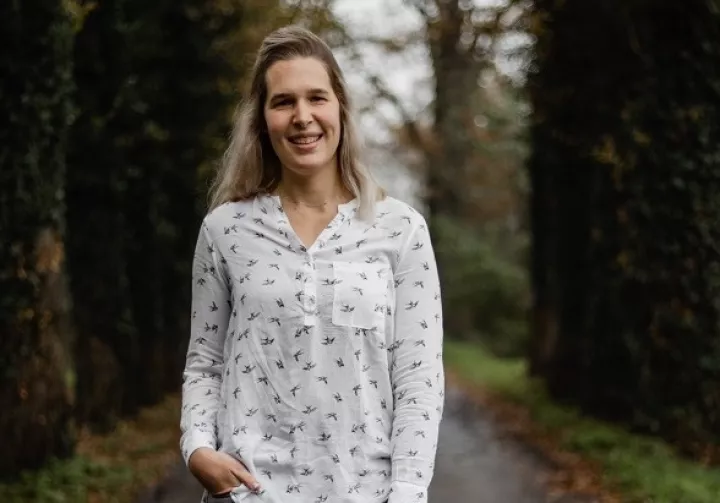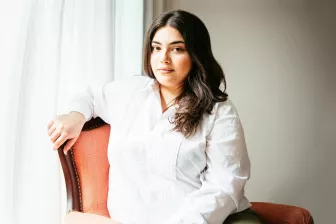As a youth care worker at William Schrikker, Linda van de Beek guides young people who have been sentenced to youth probation. She now helps a boy who talked to the victims of the robbery he committed a year earlier. “The fact that he could look at them and genuinely say he was sorry, really helped him move on.”
“I believe in giving guidance to young people. If you talk about young people, there’s a lot to gain from the right guidance. The reason for their crimes is often that things are not going well at home. Often times they don’t get enough attention, or something is going on within the family. If you know how to guide them through these factors, you can achieve something with them. My goal is to make young people strong, and to reduce their recidivism.”
Robbery
One of the ways in which Linda achieves this goal, is by proposing restorative mediation. She has a very positive experience with this. “One of the people I help is a minor boy with an intellectual disability. He says that through his friends, he got involved in a robbery at a drugstore. The store manager and her coworker were held at gunpoint, with a fake gun. He was arrested directly in front of the store and was held in a youth prison for a while.”
“When I got involved with this boy, the Council for Child Protection had already signed him up for restorative mediation. Perspectief mediator Désirée then contacted me. She asked me to check with him again whether he really wanted this. After that, Désirée talked with him to discuss his motivations, and then she contacted the victims. She really took me along in the process.”
Nervous
“The boy was very nervous to face the victims. He had sleepless nights over it. First, he wrote a letter. Later on, we were able to motivate him for a meeting, because the victims wanted to look him in the eyes. I went with him to the meeting, as well as his mother and his sister.”
“It’s very different when you can look at someone and see the regret in their eyes. During the meeting, the victims forgave him.”
“It was a very nice conversation. Hearing the victims’ side really touched me. In the end, I’m very happy that the meeting took place, because he gained a lot more from that than just from writing a letter. He had fewer nightmares after that. I think this helped him see what the impact of his actions is on others. So much so, that he won’t be doing it again. The fact that his mother and sister were there also contributed to recovery within the family. They were able to process it together.”
Say sorry
“It’s very different when you can look at someone and see the regret in their eyes. During the meeting, the victims forgave him. The fact that he could look at them and genuinely say he was sorry, really helped him move on. He’s doing well now, he’s going to school and he’s working. And I’ll be guiding him for at least another year. He’s not a lot of work for me now.”
“Through this experience, I was able to see what it can offer to people. Not just to my client, but also to the victims. That’s why I also propose it for others now. I tell those young people: ‘You’re doing this for yourself and for the victims, to get closure. My advise won’t change on this basis.’ I tell them I’ve had good experiences with it myself, and that it can especially help offenders. I also mention the different possible forms of contact, such as a letter. If an offender denies what he did, I just keep going. Then it’s not about the question of guilt, but I ask them: what will you do when you see each other in the street? I think that it can be helpful all the same to talk to one another.”

